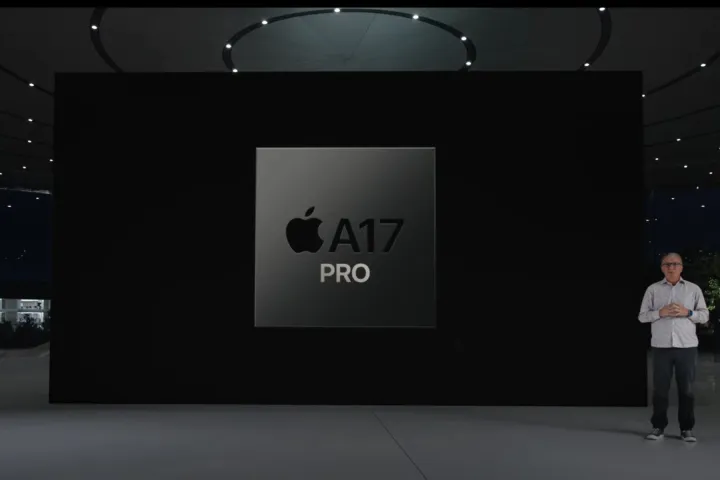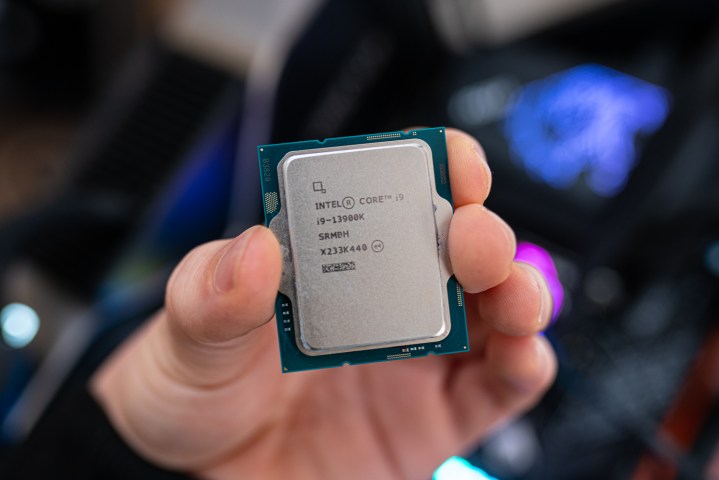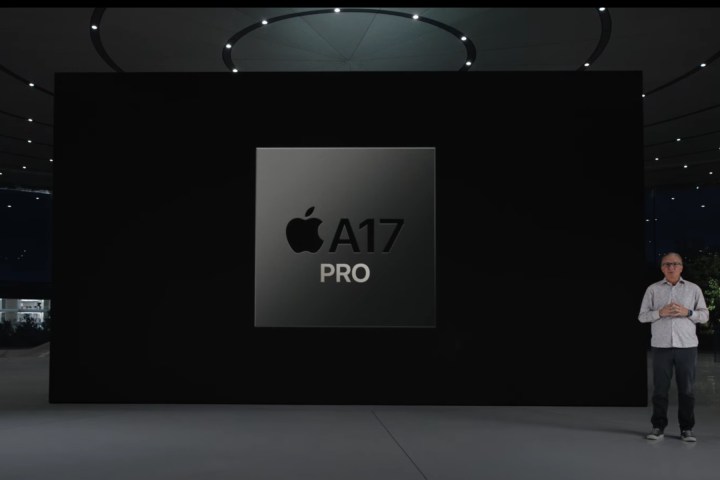
Who would have thought that some of the best CPUs would face competition not from a desktop or laptop CPU, but from a mobile system-on-a-chip (SoC)? Well, the latest Geekbench 6 scores prove that it’s possible. Apple’s new A17 Pro chip, announced during the September 2023 Apple event and found in the iPhone 15 Pro and Pro Max, challenges AMD and Intel — but there’s a catch.
Yes, it’s real. The Geekbench 6 test gives the A17 Pro chip a score of 2,914 in single-core operations, and that’s mighty impressive for something that will end up in a smartphone. However, the generational leap is not that impressive — the last-gen A16 Bionic chip is only around 10% behind in terms of single-threaded performance. The A17 Pro was built based on TSMC’s 3nm technology, while the A16 Bionic is a 5nm chip, also made by TSMC.
This kind of single-core performance is, indeed, enough to keep Intel’s Core i9-13900K and AMD’s Ryzen 9 7950X on their toes. As reported by Tom’s Hardware, the Core i9-13900K averages 3,223 points in single-threaded tasks, while the Ryzen 9 7950X follows closely behind with a score of 3,172. This impressive single-core performance is achieved at a much lower clock speed. The A17 Pro maxes out at 3.75GHz, while the Intel and AMD CPUs can hit just under 6GHz when overclocked.
Does that really mean that the A17 Pro is comparable to these beastly processors? Not on the whole, for many different reasons. Moving on to the multi-core test shows us exactly what puts this SoC behind from full-on desktop chips.

In the multi-core test, the A17 Pro averages 7,199 points. Meanwhile, the Core i9-13900K scores 22,744 points, and the Ryzen 9 7950X is — once again — just behind at 22,240 points. Both processors also sport significantly higher core counts in general. Apple’s iPhone chip uses a hybrid architecture and comes with two performance cores and four efficiency cores. Intel’s best Raptor Lake processor also comes with two core types, but there are a lot more of each: Eight P-cores and 16 E-cores, for a total of 24 cores and 32 threads.
The multi-core gains are less impressive for the A17 Pro SoC, in general. It only leads by around 3% compared to the previous-gen A16 Bionic. This implies that the architecture of the new chip is largely unchanged. Still, even if the actual performance of the A17 Pro can’t ever compare to a high-end desktop chip, it’s an interesting comparison that shows us how much computers rely on multi-core performance these days.
Editors’ Recommendations
Services Marketplace – Listings, Bookings & Reviews
